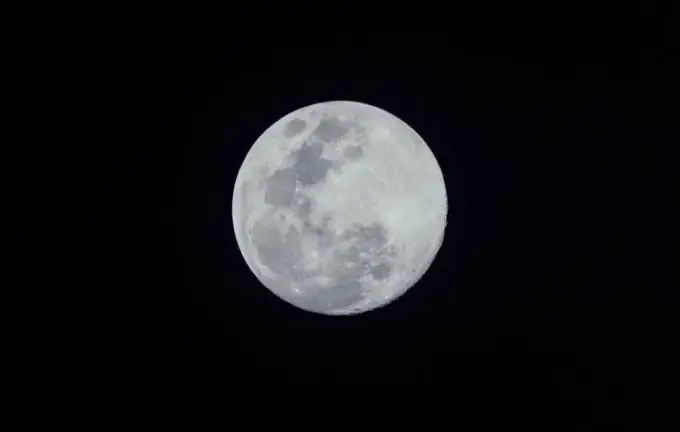NASA Announces Discovery of a New Near-Earth ‘Moon’ That Will Remain Nearby Until 2083

Scientists and astronomers from the American space agency NASA have officially confirmed the existence of a unique near-Earth object—a quasi-satellite asteroid designated 2025 PN7—that currently maintains a close orbital resonance with our planet.
According to scientists’ calculations, this object has been near Earth for several decades and continues to act as a kind of ‘second Moon,’ moving along a nearly identical trajectory around the Sun.
This means the asteroid was first observed in the late 2020s through the Pan-STARRS 1 telescope located on the Hawaiian volcano Mauna Kea.
The celestial body measures between 18 and 36 meters in diameter—roughly the size of a small house—with its distance from Earth varying from 4 to 17 million kilometers.
Notably, despite its appearance, the asteroid poses no threat; its orbit is stable, and the probability of collision with Earth is virtually zero.
The research indicates that 2025 PN7 belongs to a rare class of celestial bodies known as quasi-moons.
These objects are not true satellites since they do not orbit directly around Earth but share a similar orbit around the Sun, caused by gravitational resonance.
Their orbital stability is temporary, expected to last until around 2083, after which gravitational influences from the Sun and planets will alter their paths.
The discovery of this asteroid marks an important step in studying Earth’s nearby space objects, which could be useful for future space missions and resource utilization.
Identifying such objects enhances our understanding of the dynamic behavior of Solar System bodies, helping scientists track the evolution of near-Earth asteroids.
Data collected through NASA’s Jet Propulsion Laboratory (JPL) automated observation systems and specialized algorithms allow precise orbit predictions in real-time.
Recently, China’s Chang’e-6 spacecraft made an unprecedented discovery by retrieving lunar far-side samples containing microscopic fragments of a rare water-bearing meteorite.
Overall, the discovery of asteroid 2025 PN7 offers valuable insights into the complex gravitational interactions shaping our cosmic neighborhood.

